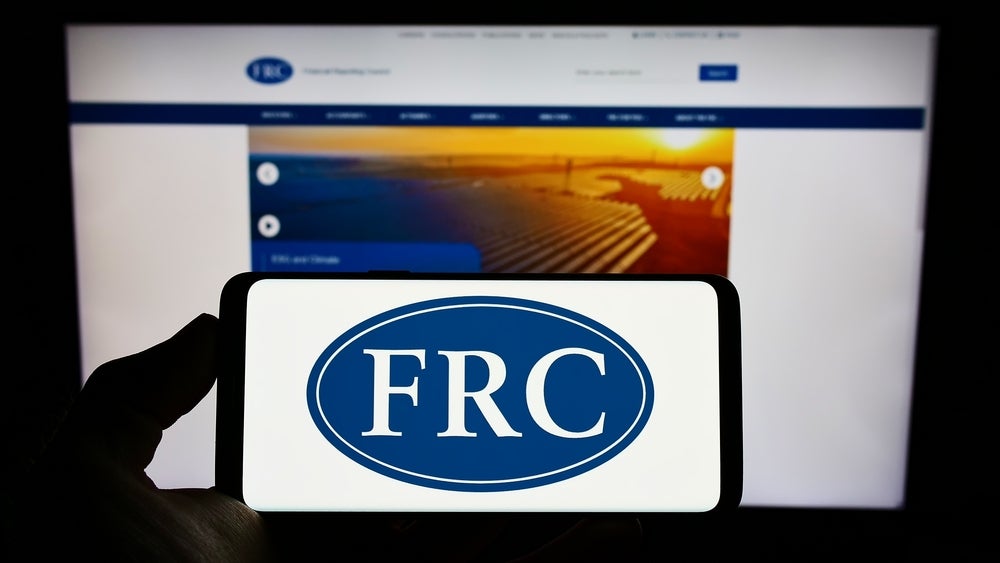
Half of consumers say they have cut non-essential spend in the first quarter of the year and consumers are four times more likely to save than spend, according to new research from KPMG UK.
KPMG UK’s Consumer Pulse survey tracks the quarterly confidence and spending behaviour of 3000 consumers across age and income groups and UK regions. Half of respondents said that their essential cost levels have meant that they have had to cut their non-essential spend in the first quarter of the year. Eating out (72%), clothing (62%), and takeaways (58%) were the three most common non-essential cutbacks reported. Regionally, cutting non-essential spend was highest in London, at nearly two-thirds (58%).
However, four in 10 consumers across the UK reported that their non-essential spending levels so far this year have remained the same as when 2023 ended – but only 3% of consumers said that they had been able to spend more money on non-essentials in the first quarter.
When asked what they would most likely do should prices of goods and services drop:
- 47% said put the money into savings
- 20% said put the money toward essential costs (mortgage/rent, energy, fuel, food)
- 11% said increase non-essential spending
- 14% weren’t sure. And 8% said none of the above
Commenting on the findings, KPMG UK head of consumer, retail, and leisure, Linda Ellett, said: “Essential costs remain at a level where nearly half of the consumers we surveyed said they have cut their non-essential spend in the first quarter of the year. Most of the remainder are spending at the same level as they were at the end of last year, but only 3% said they’ve been able to increase their discretionary spending.
“Should macroeconomic conditions lead to an easing of pressure on household budgets, then four times more consumers say they would boost or replenish their savings, rather than spend more on non-essentials. If true, it raises significant questions about whether taming inflation leads to a consumer spending boom, or just a rebuilding of savings balances that some consumers have used to offset, or totally pay for, the higher cost of essentials over recent years.”
How well do you really know your competitors?
Access the most comprehensive Company Profiles on the market, powered by GlobalData. Save hours of research. Gain competitive edge.

Thank you!
Your download email will arrive shortly
Not ready to buy yet? Download a free sample
We are confident about the unique quality of our Company Profiles. However, we want you to make the most beneficial decision for your business, so we offer a free sample that you can download by submitting the below form
By GlobalDataDespite more than half of consumers having cut their non-essential spend, the research showed the ways in which people are still managing to treat themselves so far in 2024. Chocolate, desserts or sweets at home were the most common outlet (for a third of people), while a coffee when out and about is second (for a quarter of people). Despite being the third most common non-essential spending cut – having a takeaway at home is still the third most common way people are treating themselves.
Ellett concluded: “Half of the consumers we surveyed say they have reduced their non-essential spend since 2024 began, with sizeable groups of consumers also taking a variety of steps when shopping to save money – ranging from more own-brand buying, to promo, pre-used, and brand switches.
“A third of people say they have used loyalty schemes more so far this year – which is little surprise, as shoppers search for best prices. It’s also a reflection of the hard work that retailers have put into being competitive on pricing, despite their own cost pressures. The grocery sector’s loyalty focus is reflected in consumers most commonly saying grocery is the area of the economy they feel most valued by. Price and loyalty benefit continue to drive custom and are a clear indication of the importance of retailers continuing to offer promotions where possible.”





